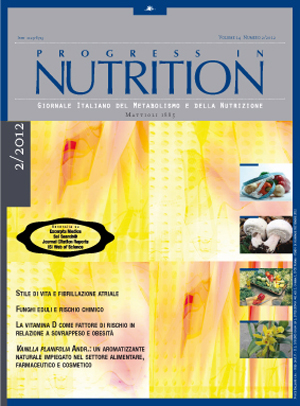The role of Sibutramine in the treatment of obesity and a hypothesis on its possible psychological effects
Keywords:
Sibutramine, serotonin, neuronal reuptake inhibitor, depression, Sibutramina, serotonina, inibitore della ricaptazione neuronale, la depressioneAbstract
Sibutramine is known to be effective in the treatment of obesity and is used worldwide by millions. It acts on the central nervous system by inhibiting the neuronal reuptake of serotonin and noradrenaline; thereby also have possible psychologiocal effects. This article reviews animal studies as well as clinical trials done on the role of sibutramine in the treatment of obesity. Also, we hypothesise on possible psychological effects, focussing specific on the inhibition of the reuptake of serotonin in the brain, influencing depression. This article concludes with the hypotheses that patients who have a tendency for depression who uses sibutramine, might end up with ultimate low levels of serotonin in the brain. Also, we hypothesise on the possible potentiated effect of sibutramine and SSRI’s on the neuronal reuptake of serotonin.Il ruolo della Sibutramina nel trattamento dell’obesità e di una ipotesi sui possibili effetti psicologici
Riassunto
La sibutramina è nota per essere efficace nel trattamento dell’obesità ed è utilizzata in tutto il mondo da milioni di persone. Agisce sul sistema nervoso centrale inibendo la ricaptazione neuronale di serotonina e noradrenalina; perciò può anche avere possibili effetti psicologici. Questo articolo prende in esame studi su animali e trial clinici condotti sul ruolo della sibutramina nel trattamento dell’obesità. Inoltre, vengono proposte ipotesi sui possibili effetti psicologici che influenzano la depressione, concentrandosi in modo specifico sull’inibizione della ricaptazione della serotonina nel cervello. Concludiamo con l’ipotesi che i pazienti che usano la sibutramina, che hanno una tendenza alla depressione, potrebbero avere alla fine bassi livelli di serotonina nel cervello. Inoltre, si ipotizza il possibile effetto potenziato di sibutramina e SSRI sulla ricaptazione neuronale di serotonina.
Downloads
Published
Issue
Section
License
This is an Open Access article distributed under the terms of the Creative Commons Attribution License (https://creativecommons.org/licenses/by-nc/4.0) which permits unrestricted use, distribution, and reproduction in any medium, provided the original work is properly cited.
Transfer of Copyright and Permission to Reproduce Parts of Published Papers.
Authors retain the copyright for their published work. No formal permission will be required to reproduce parts (tables or illustrations) of published papers, provided the source is quoted appropriately and reproduction has no commercial intent. Reproductions with commercial intent will require written permission and payment of royalties.

This work is licensed under a Creative Commons Attribution-NonCommercial 4.0 International License.


